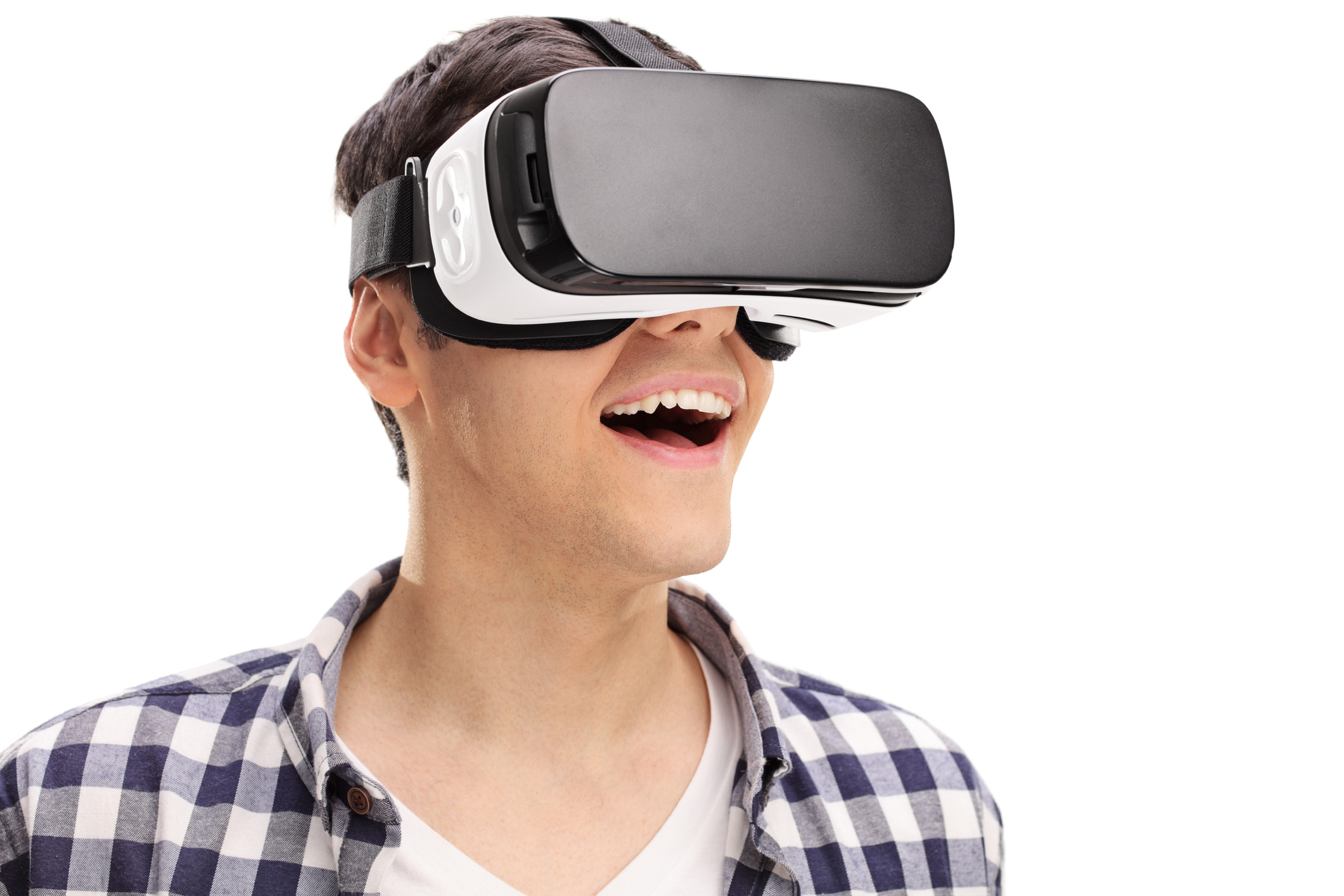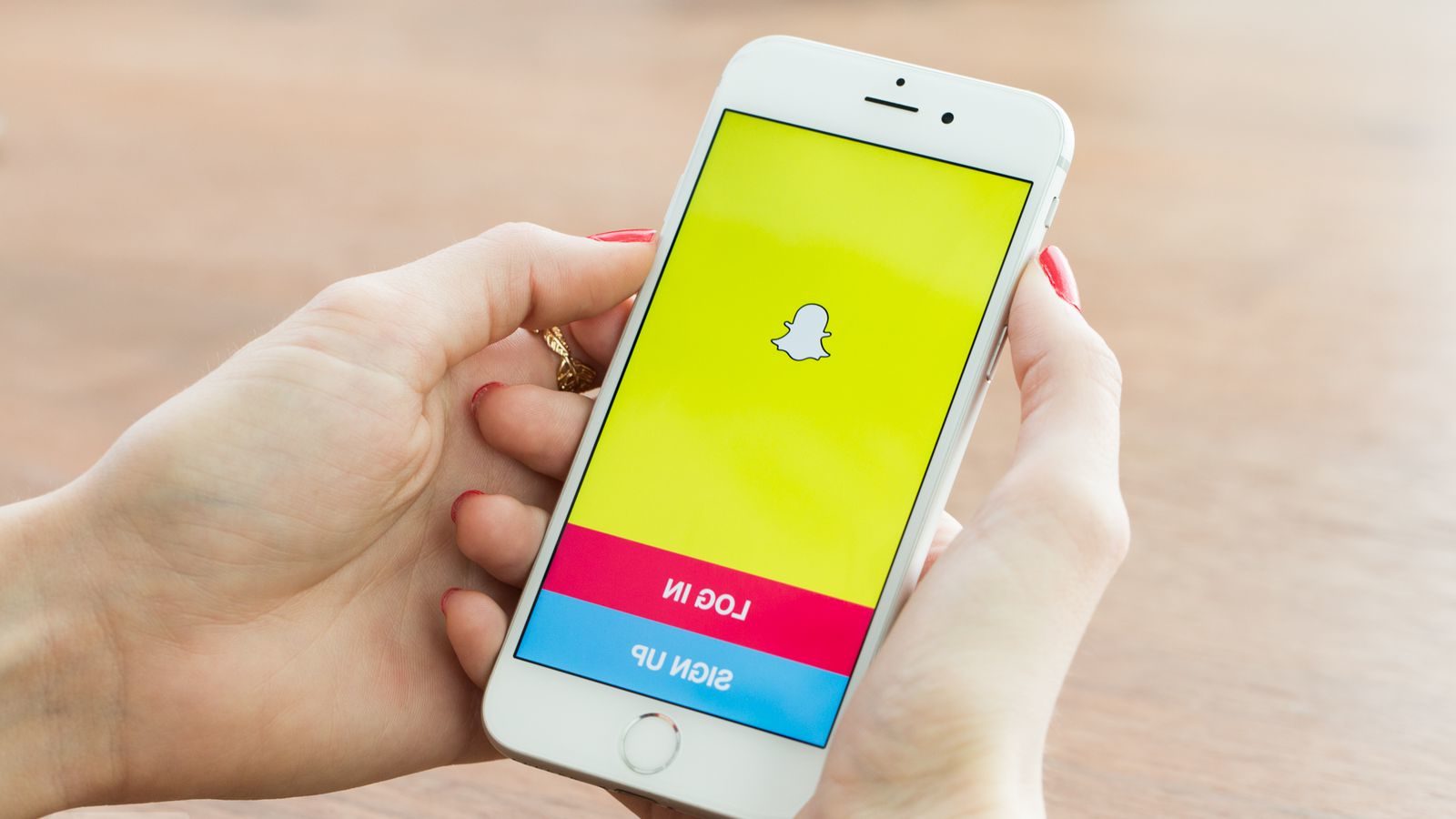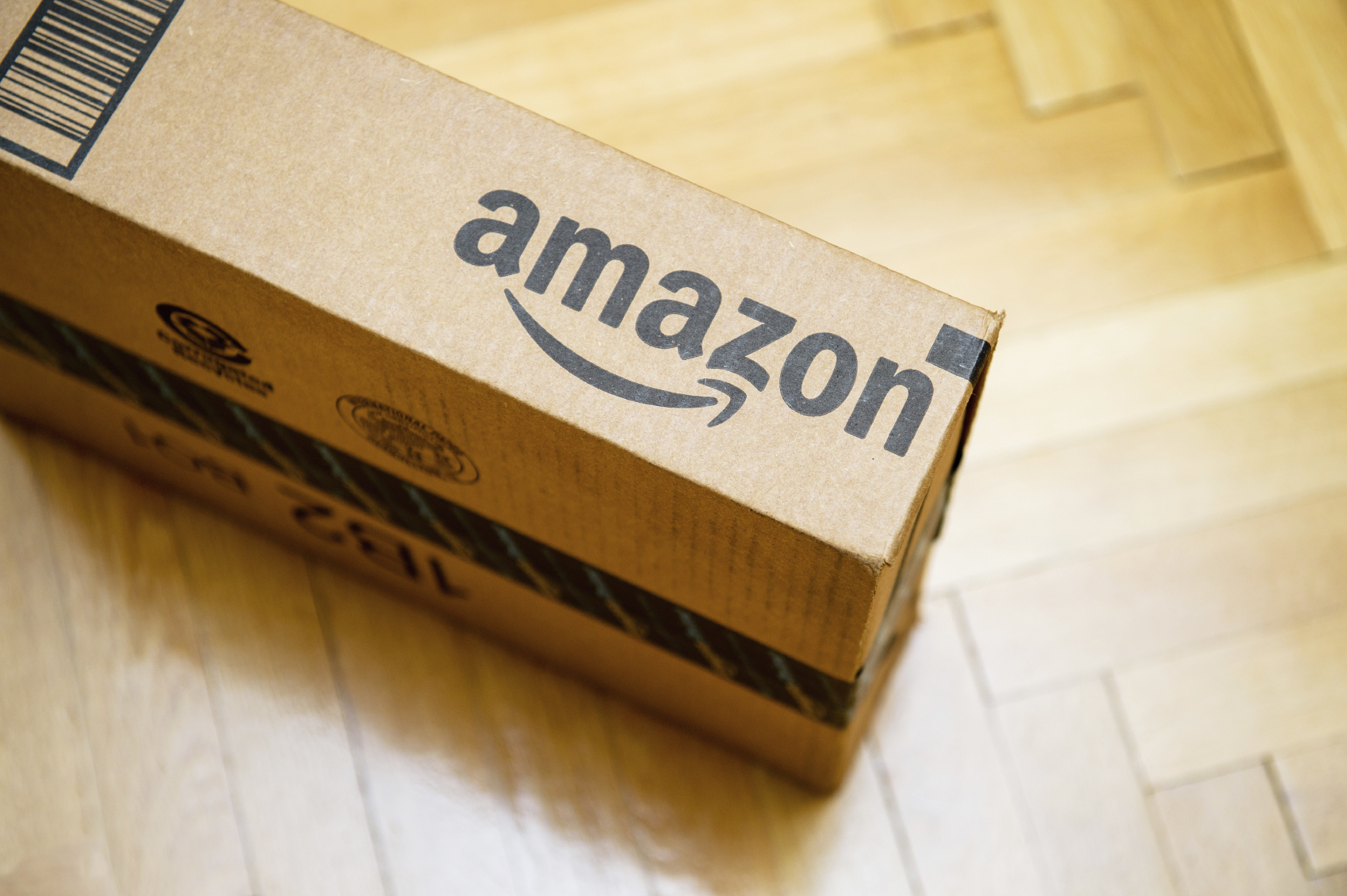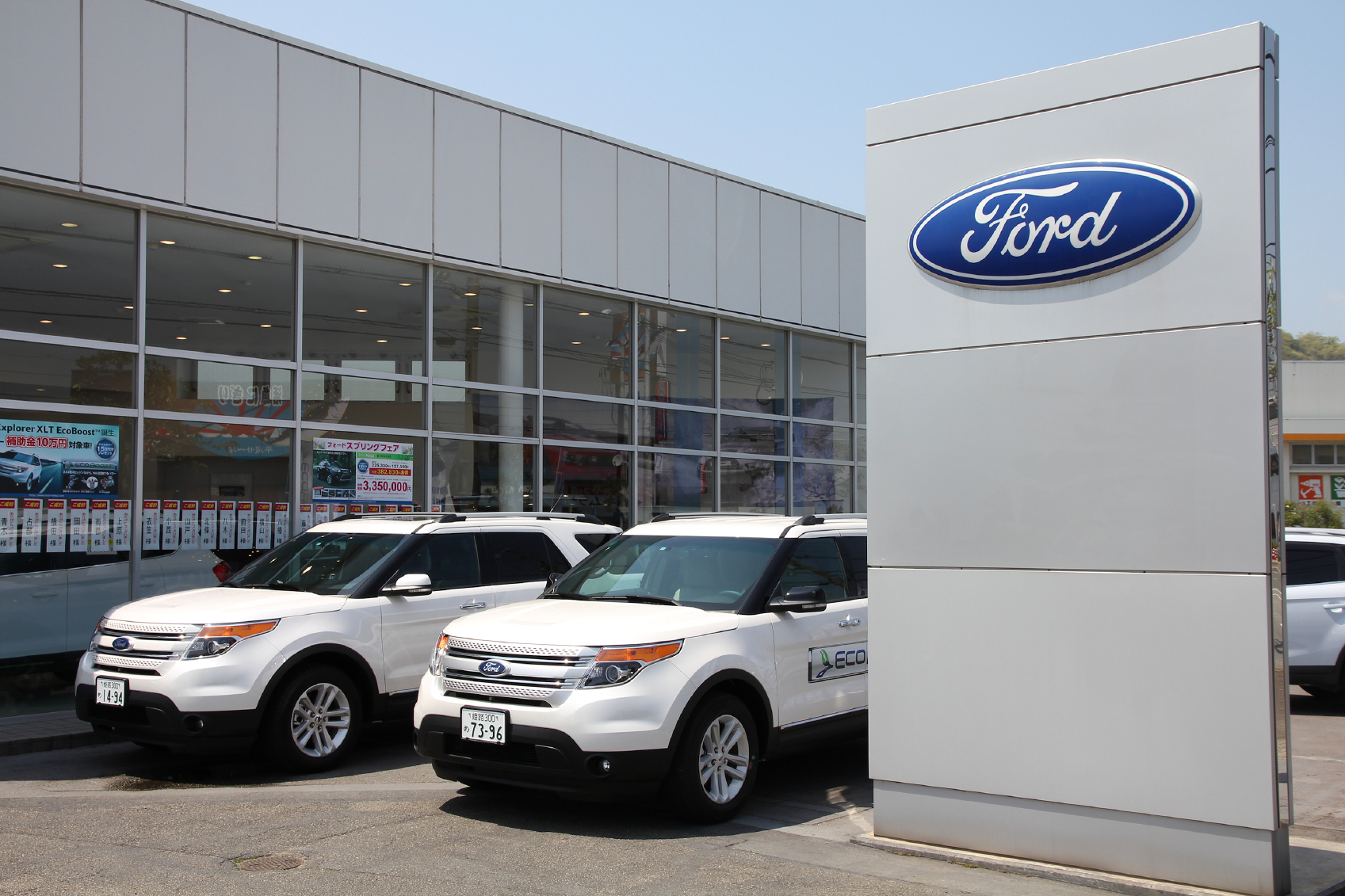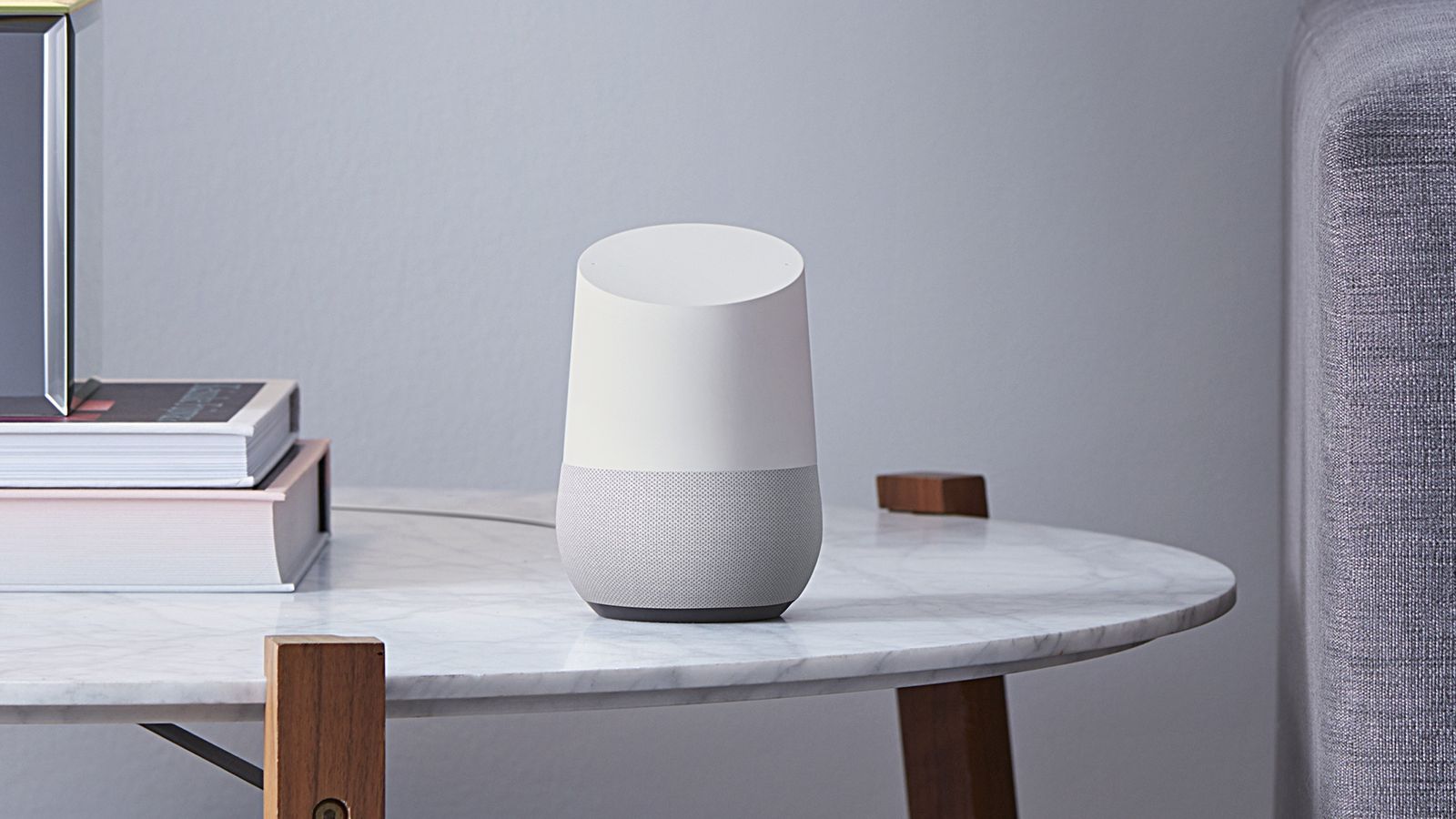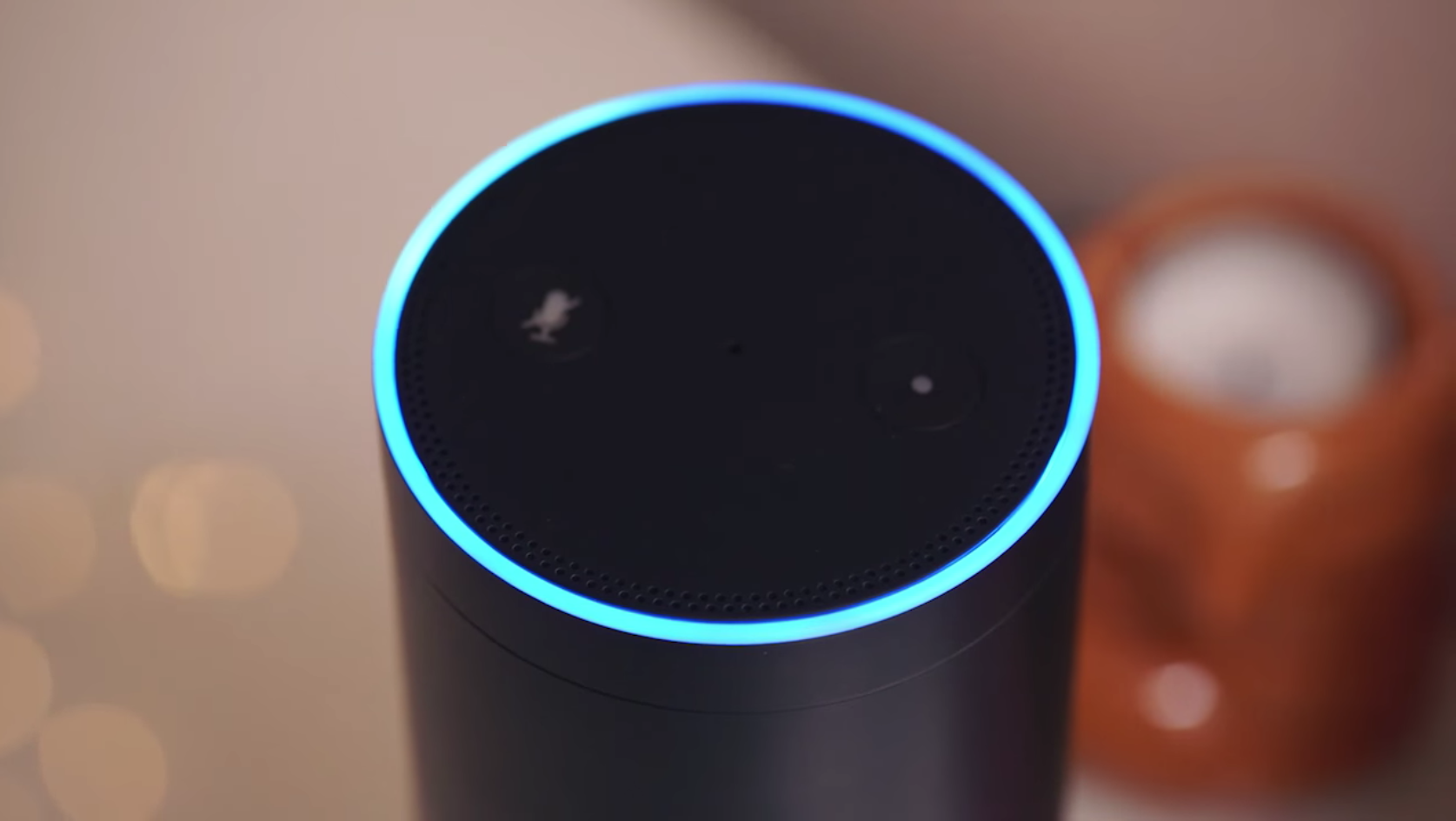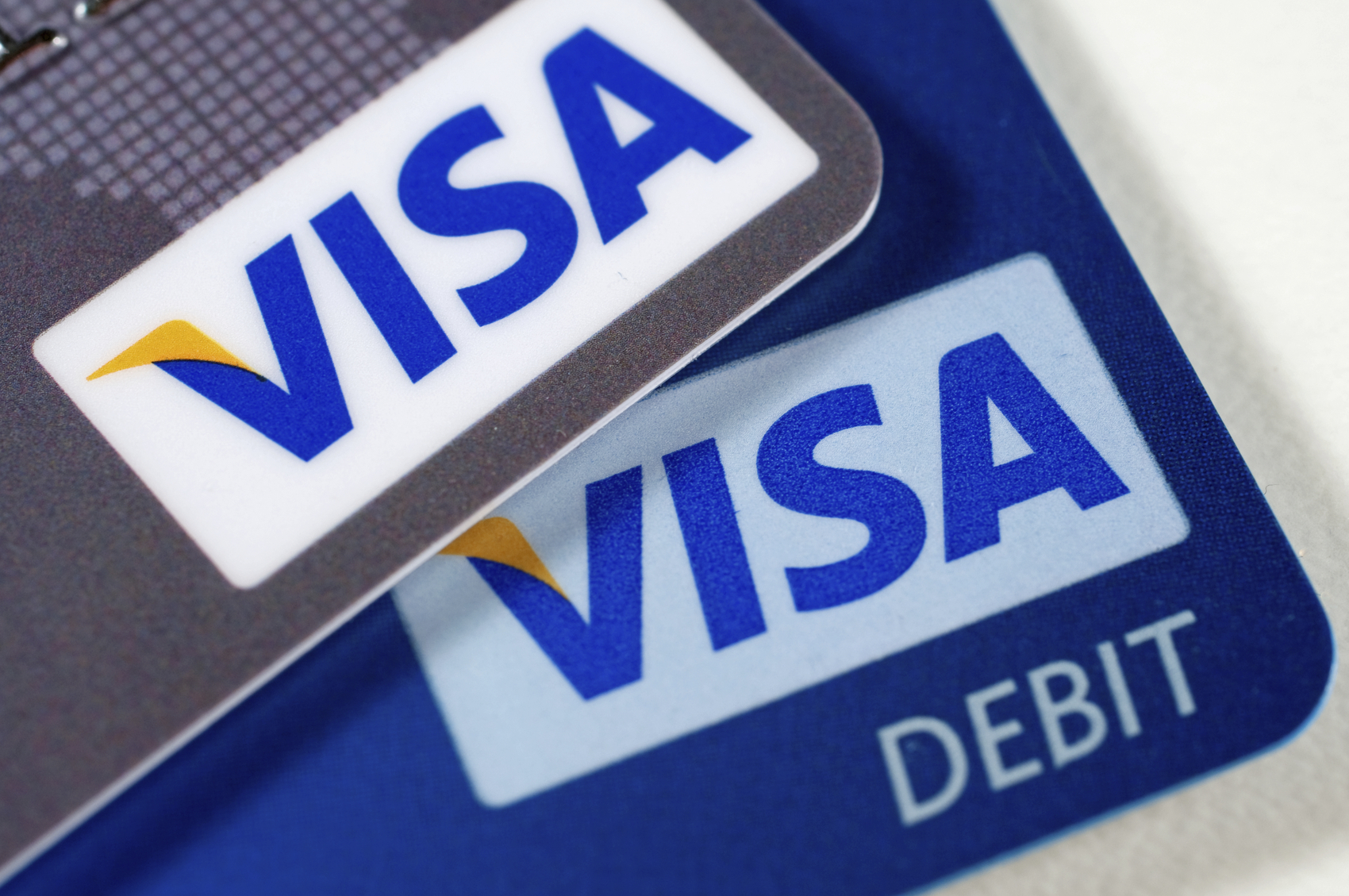What Happened
As we get deeper into the NCAA March Madness games, viewer enthusiasm is running high and the NCAA is set to capitalize on the fervor with VR live streams. Six games including the Final Four national semifinals and National Championship game — will be available for immersive viewing via the new NCAA March Madness Live VR App available on the Oculus Store.
Unlike previous sports VR streams that networks like NBC or Fox Sports have offered, which were accessible once viewers authenticate with their cable TV account to access a single-POV from a single courtside 360-degree camera, these six VR games will require viewers to pony up a few extra dollars on a tiered, pay-per-view basis. A higher-priced gold tier access will come with multiple camera angles, as well as dedicated in-game commentary and analysis from three analysts, providing viewers with a holistic VR viewing experience.
What Brands Need To Do
By combining the immersive power of VR and the immediacy of live streaming, sports events are a particularly good match for creating live VR content that more media owners should explore to fully engage their audience. This new NCAA VR initiative went one step further by creating a powerful viewing experience for the fans, representing a step in the right direction in terms of how media companies can work with content creators to fully unlock the potential of VR storytelling.
With the quickening pace of VR content development and the increasing number of platforms supporting VR content, virtual reality is fast becoming the next frontier for content creators and media owners to explore. As the audience size for VR content continues to grow, it is important for brands to follow the good examples set by early adopters like Marriott Hotels and JCPenney, and start developing branded VR content in order to capitalize on the growing consumer interest in immersive experiences.
How We Can Help
Our dedicated team of VR experts is here to guide marketers through the distribution landscape. We work closely with brands to develop sustainable VR content strategies to promote branded VR and 360 video content across various apps and platforms. With our proprietary technology stack powered by a combination of best-in-class VR partners and backed by the media fire-power of IPG Mediabrands, we offer customized solutions for distributing and measuring branded VR content that truly enhance brand messaging and contribute to the campaign objectives.
If you’d like to learn more about how the Lab can help you tap into the immersive power of VR content to engage with customers, please contact our Client Services Director Samantha Holland ([email protected]) to schedule a visit to the Lab.
Source: TechCrunch
